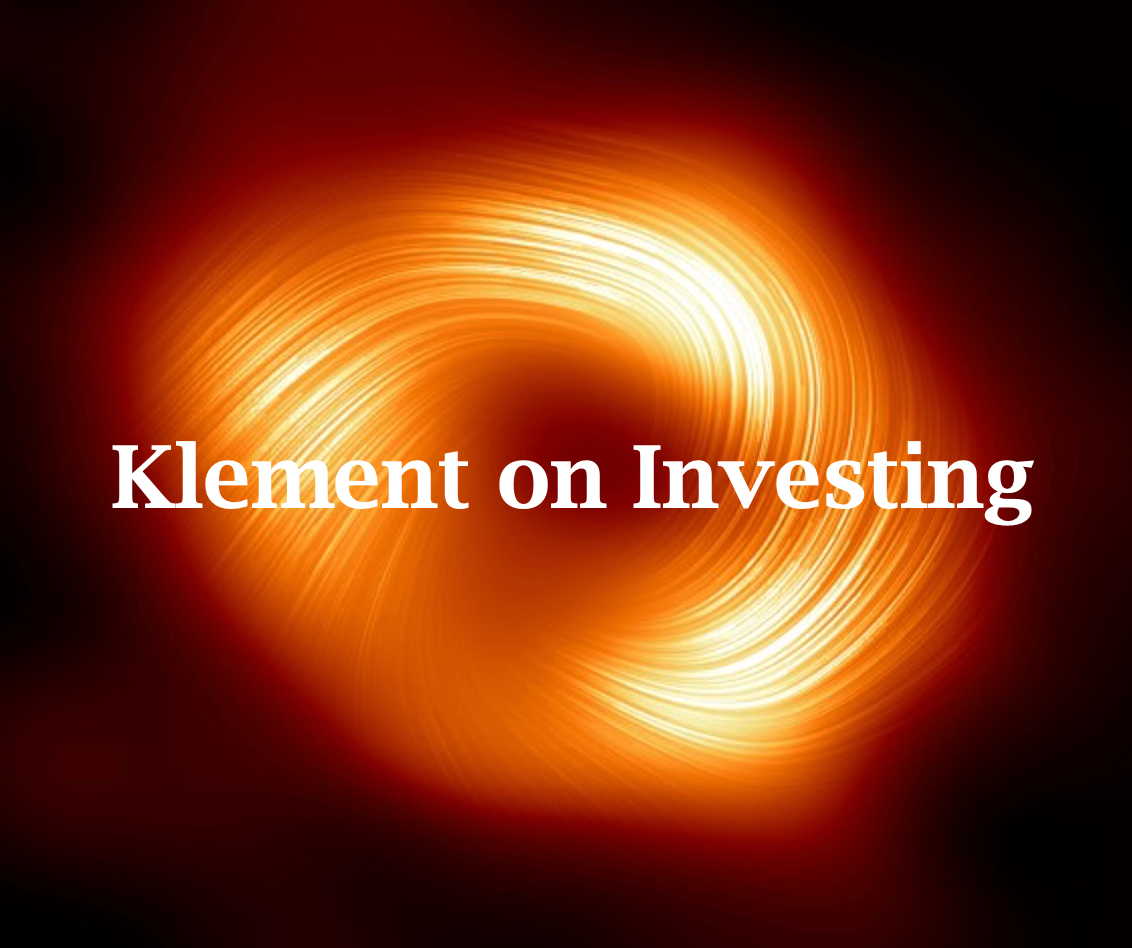
Klement on Investing
Thoughts on financial markets by a grumpy, middle-aged German. What more do you want?
By subscribing, I agree to Substack’s Terms of Use and acknowledge its Information Collection Notice and Privacy Policy

Thoughts on financial markets by a grumpy, middle-aged German. What more do you want?